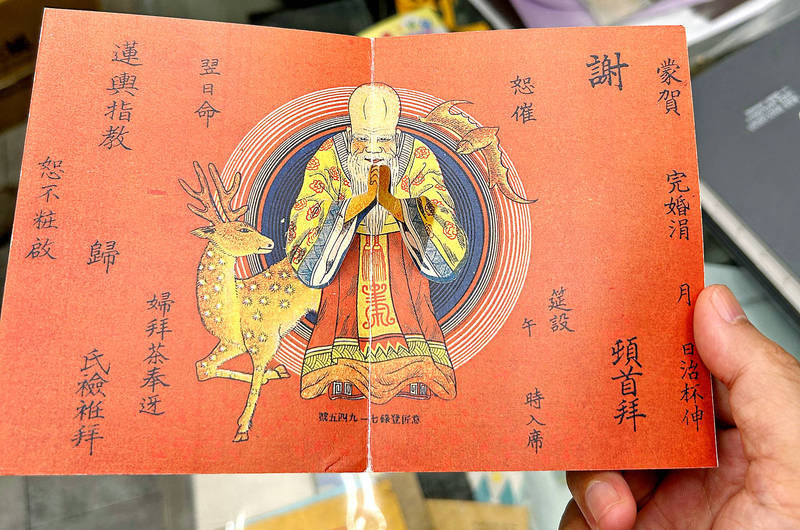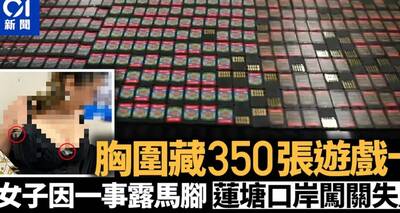《TAIPEI TIMES》 Artist wants to revive local pop-up art culture

A pop-up greeting card made during the Japanese colonial period is pictured in an undated photograph. Photo: CNA
/ Staff writer, with CNA
Drawing inspiration from an 88-year-old Taiwan-made pop-up greeting card, artist Hung Hsin-fu (洪新富) is hoping to reintroduce the allure of paper art to give people a greater appreciation of the art form and Taiwanese culture.
Hung said he intends to reproduce the card to give greater exposure to paper art and Taiwan’s creative traditions, and launch a journey in search of the art form’s cultural and creative roots so that more works can be discovered.
Hung, a renowned Taiwanese paper artist who pioneered the folded paper zodiac lanterns that are passed out annually during the Lantern Festival, in a media interview spoke of his hopes and source of inspiration that has been with him for 25 years.
He recalled that he was presented the artifact by the owner of an antique shop when he and a friend went treasure hunting in Taichung 25 years ago for a lantern cover made during Japanese colonial rule (1895-1945).
When he found out that Hung worked with paper, the owner pulled out a greeting card and a patent application from a drawer, and said: “This has been waiting for you for a long time.”
Hung showed a copy of the patent application, which showed the document, given file No. 71945, was submitted by a man called Huang Ken (黃根).
The form was filed by a Japanese government employee identified as Yoshiaki (or Yoshikane) Kishi in 1936.
Hung said he was mesmerized not only by the patent being submitted 88 years ago, but also by the presence of the Old Immortal Man of the South Pole, a Chinese deity of longevity, who would rise from within the card to greet its holder when opened.
Hung said he found a kindred spirit in Huang, who did what the modern artist had been doing for decades, reinventing and developing paper art to create surprises, such as making a blessing from a deity vividly and unforgettably three-dimensional.
Huang must have put in a lot of work in the process of creating the card, Hung said, who was so impressed with Huang’s work that he wanted to track down the pioneer’s descendants.
Hung said he searched to no avail for two decades, until details left by Kishi took him to Taipei’s Dadaocheng (大稻埕) area, where he finally came across Huang’s descendants three years ago.
Aside from pioneering Taiwan’s annual festive lanterns, Hung is also one of the main engineers behind one of Taiwan’s world-record achievements.
On April 19, 2013, Hung, the Taichung City Government and many of the city’s teachers and students broke the Guinness World Record for having “Most pop-ups in a pop-up book” after displaying a colossal piece of art outside the city hall.
The gargantuan pop-up art told the story of a family of four who toured 148 of the city’s most popular tourist spots.
新聞來源:TAIPEI TIMES



















